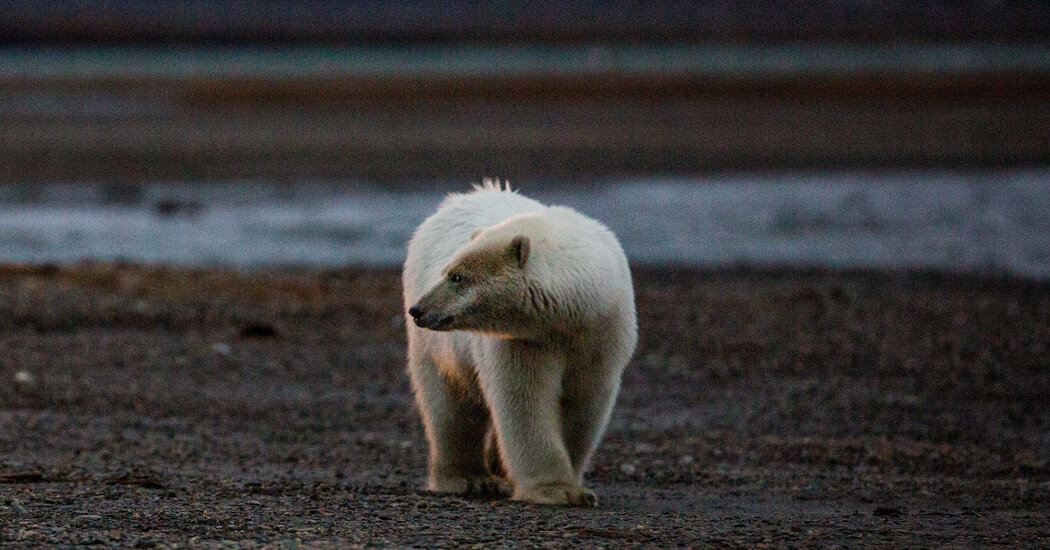Why It Matters: The virus is a new threat for many wild mammals.
The infected polar bear provides further evidence of how widespread this virus, a highly pathogenic form of H5N1, has become and how unprecedented its behavior has been. Since the virus emerged in 2020, it has spread to every continent except for Australia. It has also infected an unusually broad array of wild birds and mammals, including foxes, skunks, mountain lions and sea lions.
“The number of mammals reported with infections continues to grow,” Dr. Bob Gerlach, Alaska’s state veterinarian, said.
In most cases, the virus has not caused mass die-offs in wild mammal populations. (South American sea lions have been one notable exception.) But it does represent a new threat for the already vulnerable polar bear, which is imperiled by climate change and the loss of sea ice.
“The concern is that we don’t know the overall extent of what the virus may do in the polar bear species,” Dr. Gerlach said.
Background: The bear showed signs of disease.
The polar bear was found dead this past fall in far northern Alaska, near Utqiagvik. Swabs collected from the animal initially tested negative for the virus. But when experts conducted a more comprehensive work-up, performing a necropsy and collecting tissue samples from the bear, they found clear signs of inflammation and disease, Dr. Gerlach said.
Last month, tissue samples from the bear tested positive for the virus, according to the Alaska Department of Environmental Conservation. The virus was ultimately identified in multiple organs, Dr. Gerlach said. “I think it would be a safe thing to say that it died from the virus,” he said.
Alaska has previously reported infections in a brown bear and a black bear, as well as in several red foxes.
What We Don’t Know: Have other polar bears been infected?
It is not clear how the polar bear contracted the virus, but sick birds had been reported in the area. The polar bear might have been infected after eating a dead or ailing bird, Dr. Gerlach said.
And scientists don’t know whether this case is a one-off or whether there are other infected polar bears that have escaped detection. It can be tricky to monitor the virus in wild animal populations, especially those that live in places as remote as northern Alaska. “How do you know how many are affected?” Dr. Gerlach said. “We really don’t.”
Local scientists, officials and other experts will continue to look for signs of the virus in wild animals, including in polar bears that turn up dead or seem sick, Dr. Gerlach said.
